Green buildings use 36 percent less energy than conventional buildings and reduce. The building and construction industry consumes great quantities of raw materials and energy.
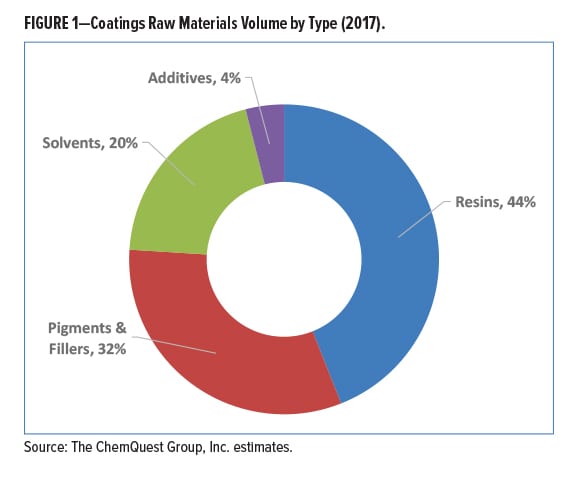
The Demand For Coatings Raw Materials To 2022 American Coatings Association
23 September 2019 London UK - As part of the 10 th annual World Green Building Week the World Green Building Council WorldGBC has issued a bold new vision for how buildings and infrastructure around the world can reach 40 less embodied carbon emissions by 2030 and achieve 100 net zero emissions buildings by 2050.
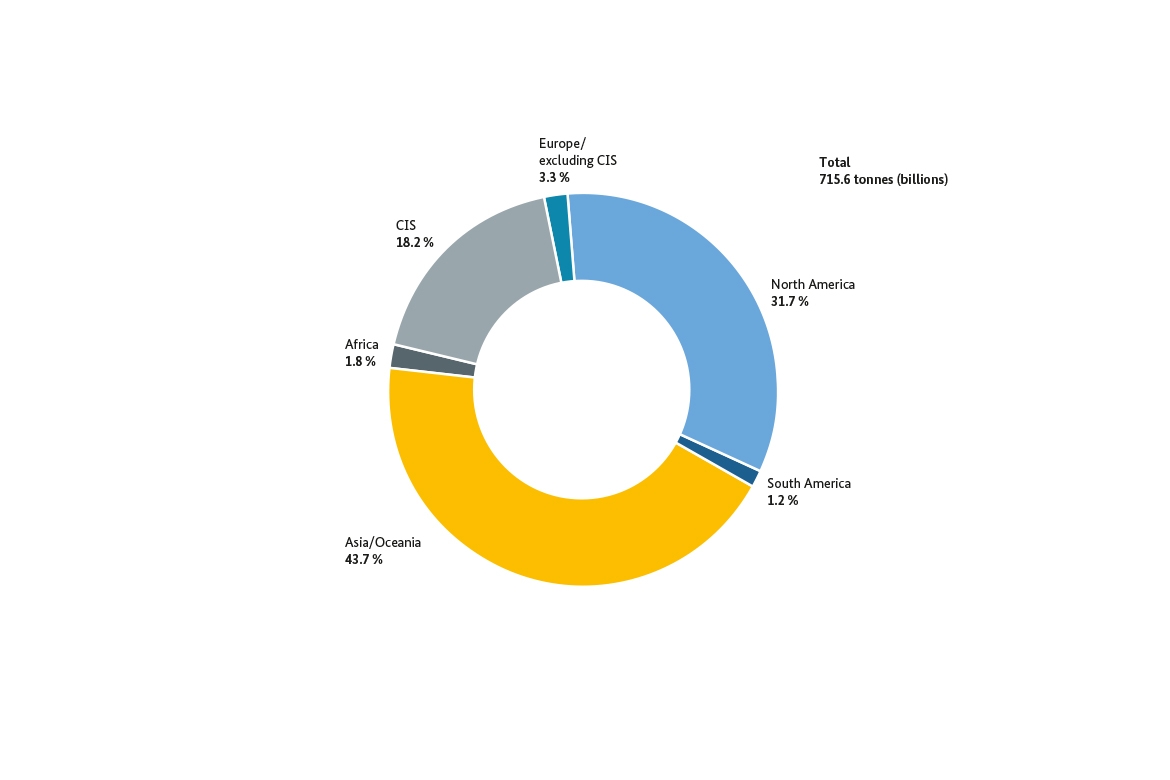
Because buildings consume 40 of raw materials globally. These environmental concerns are a key driver behind the sustainable design movement. Globally buildings account for about 40 of all raw materials consume about 40 of the worlds energy and are responsible for one-third of carbon emissions around the world he adds. Buildings consume a significant amount of our natural resources and have a wide range of environmental impacts.
Additional research by Construction Products says that the products used during a particular construction job can also have an impact on the surrounding environment due to the extraction of raw materials. They consume about 75 per cent of global primary energy and emit between 50 and 60 per cent of the worlds total greenhouse gases. Over the last 30 years the strongest growth in raw material demand has been for.
Over the next 40 years the world is expected to build 230 billion square metres in new construction adding the equivalent of Paris to the planet every single week. This significant impact of buildings on the environment means that buildings can also be a significant part of the solution. These changes reflect alterations in public demand population growth and industrialization.
This rapid growth is not without consequences. According to Roodman and Lenssen 1995 the construction industry consume more than 40 of all raw materials globally. Use 15 trillion gallons of water.
Green Building Council the construction sector uses more than 400 million tons of material a year many of which has an adverse impact on the environment. Buildings also consume 70 percent of US. The building sector might be surprising to know is responsible for over 40 of global greenhouse gas emissions and if we look at new buildings built today as much or more than half of their impacts will be from the material production.
Half of the total is sand clay gravel and cement used for building along. Traditional building materials including steel concrete aluminium and glass are high energy content materials. And consume 40 percent of raw materials globally.
2011 approximately 24 of global raw materials were consumed by the industry. Patterns of materials consumption and are used to illustrate the long-term trends in materials use 3. Significantly faster than traditional methods and implementation to multi-story building is possible by climbing as shown in Figure 3.
Global metal extraction more than doubled between 1980 and 2008 rising from. And we need to build more to have a healthy happy world for everybody so we cant just stop building. CC can reduce the material waste from 7 tons to almost none for a single-family home.
Is responsible for about eight percent of global greenhouse gas emissions because of the energy needed to mine transport and prepare the raw materials so finding ways to lessen its carbon intensity is important. The raw materials consumed in the United States have grown substantially since the beginning of the 20th century. Various estimates indicate that buildings use 30 of the raw materials consumed in the United States EPA 2001.
Although global material use has been increasing steadily overall growth has varied across material groups. According to Bribian et al. The report found that 1006bn tonnes of materials were consumed in 2017 the latest year for which data is available.
This figure rises to approximately 80 per cent when the indirect emissions generated by urban inhabitants are included. Buildings also consume vast amounts of energy at all stages of their existence. Today 55 of the world population live in urban areas and by 2050 that figure is projected to increase to 68 according to the United Nations.
The global buildings sector is growing at unprecedented rates and it will continue to do so. According to the UK.
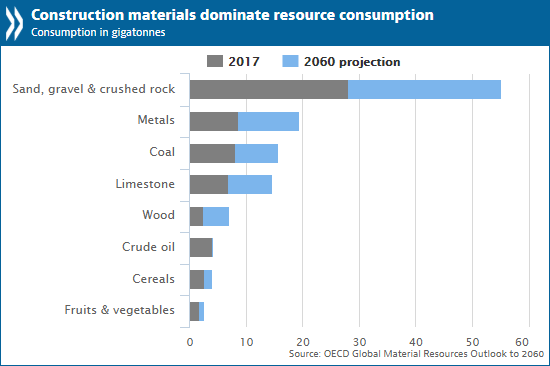
Raw Materials Use To Double By 2060 With Severe Environmental Consequences Oecd

Raw Material Consumption An Overview Sciencedirect Topics

Infographic Where Do Raw Materials Come From

Turning Recycled Products Into Raw Material Plastic Raw Material Raw Materials Recycling

The 6 Basic Building Blocks Of The Things In The Internet Of Things Energy Efficient House Plans Zero Energy House Energy Efficient Homes

Rising Cost Of Raw Materials Spells Troubles In 2021
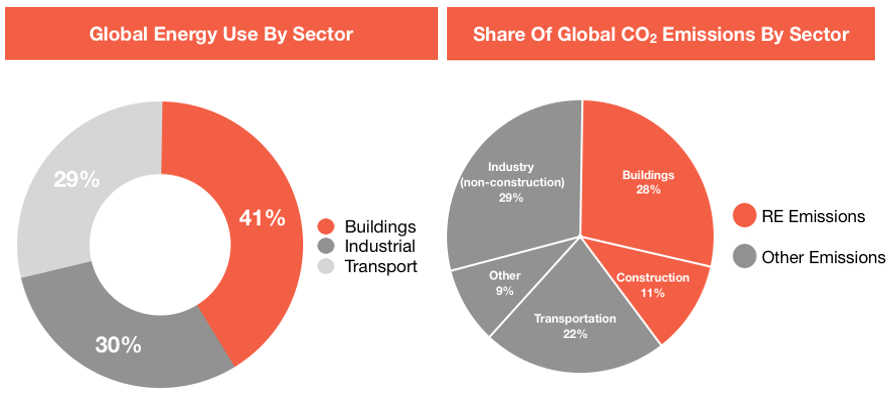
Why Decarbonization Is Not Optional For Real Estate Leaders By Fifth Wall Ventures Fifth Wall Insights Medium
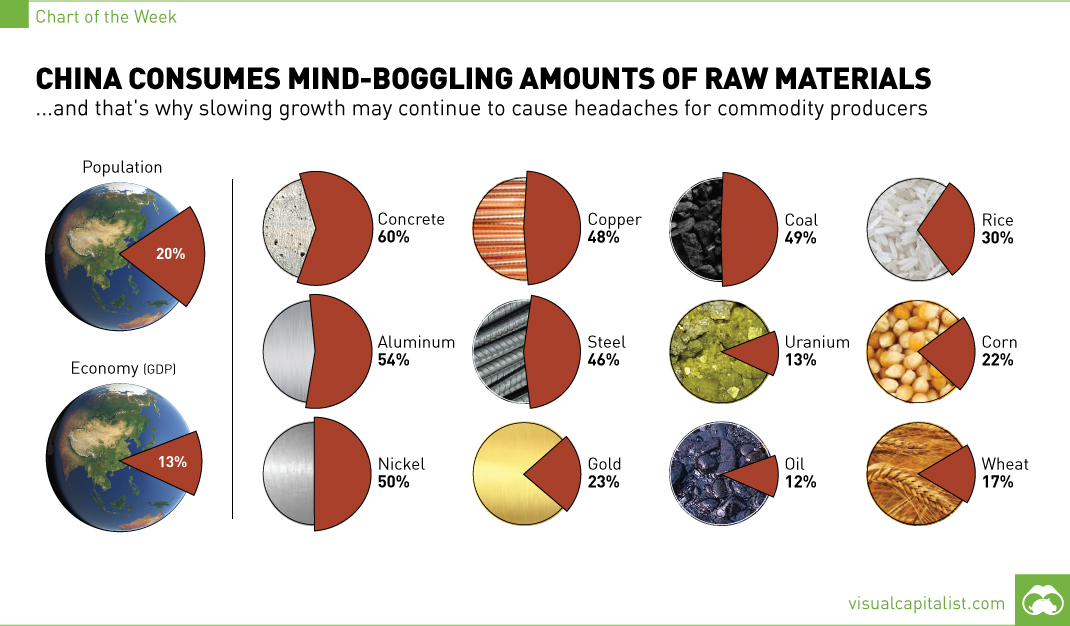
China Consumes Mind Boggling Amounts Of Raw Materials

Material Flow Accounts Statistics Material Footprints Statistics Explained

Sankey Diagram Primary To Use World Energy Flows Solar Energy System Solar Energy Business Solar Energy

Infographic Where Do Raw Materials Come From
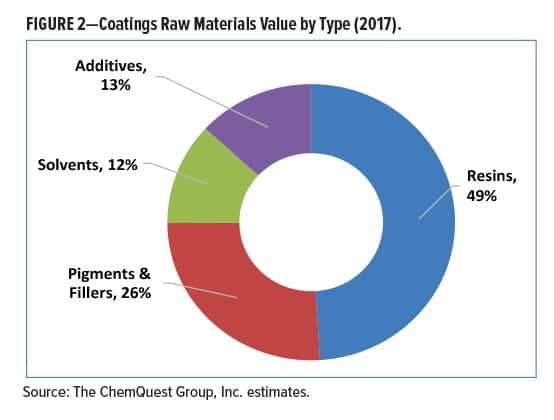
The Demand For Coatings Raw Materials To 2022 American Coatings Association

Life Cycle Assessment Explained An Introduction To Building Lca

Bmwi Federal Ministry For Economic Affairs And Energy Raw Materials Indispensable For Germany S Industrial Future

How To Choose Green Building Materials What Is Green Building Green Building Materials Green Building


Comments
Post a Comment